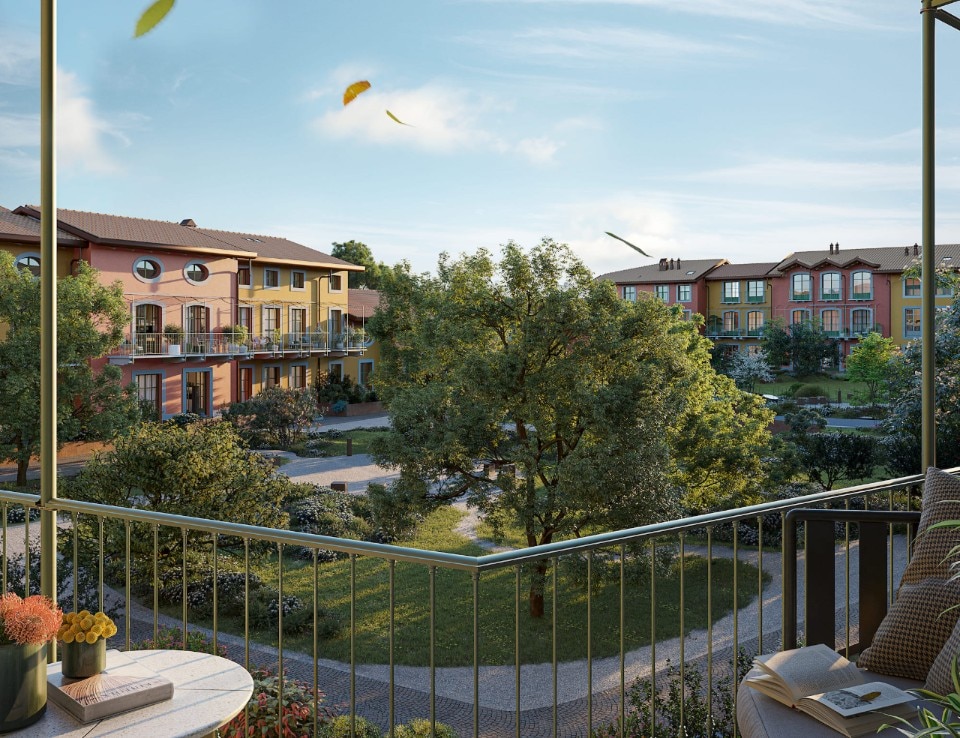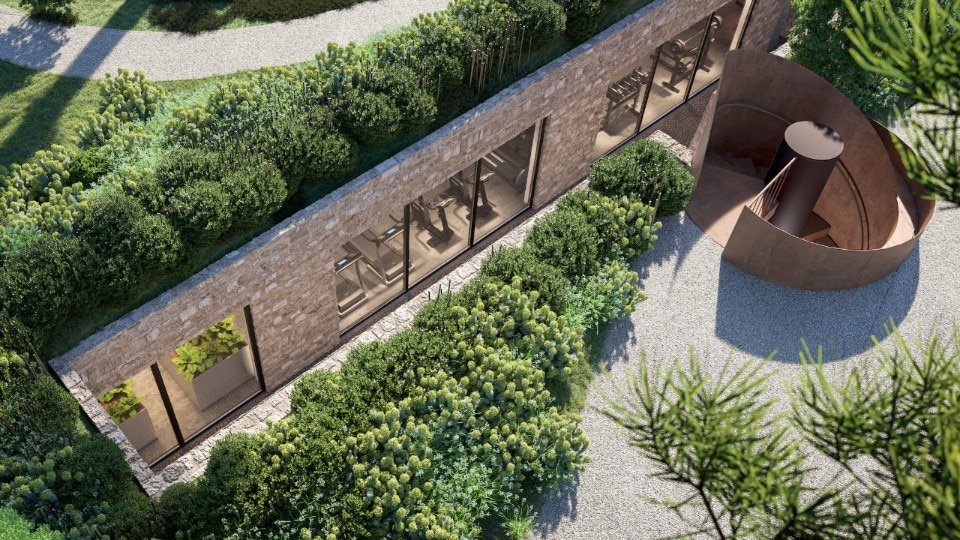In Milan, the new Forrest in Town housing complex is aiming to become an important testing ground for “zero centimeter” farming. The Turin-based startup Agricooltur is in fact working on the building to develop a new line of aeroponic agriculture within the residential buildings themselves. Here, in fact, three rows designed for cultivation through an autonomous mechanism of plant root spraying that does not involve soil or pesticides will be placed.
“Agricooltur began as a production experience within a supermarket. From there we developed the project by combining different skills that reflect the professional backgrounds of the three founding partners,” Alessandro Boniforte, CEO of the company, tells us. “The world of real estate came somewhat as a consequence. Due to the small spaces we needed, our systems fit fully within existing buildings allowing for solutions to be placed inside restaurants or private spaces such as apartments, giving the possibility of being able to make a small home garden. In the case of Forrest in Town, our system was inserted into a specially prepared area.”
It is an easily replicable project in existing buildings that are not actually designed to host this kind of system, but where the addition of an aeroponic cultivation module can be planned during renovation.
Alessandro Boniforte, CEO of Agricooltur

Designed by the Building Group and DFA Partners, Forrest in Town, near Milan’s Naviglio Grande canal, is thus attempting to build a new form of urban configuration with growing hubs within the city-a new design paradigm that will also help define consumption and nutrition.
“No specific skills are needed to support the project. Certainly technology is on our side; the system is sufficiently automated. From the plant engineering point of view, it is necessary to ensure that the environment is air-conditioned between 18 and 25 degrees Celsius. The systems of also have light source integration to ensure proper lighting for indoor cultivation. We have been engaged in research and design so that we can replicate as much of a vegetable garden as possible and go from micro-vegetables, salads, mint, zucchini to other plants such as tomato and bell pepper.”

This first experiment on a residential scale is therefore important to test the replicability of the system on different occasions, in new as well as existing buildings. The minimum space required by each module is just under 2sqm, in which about 60 products per month can be grown from seed. The system technically requires a simple connection to the power grid and a water intake point to provide the water needed for cultivation. “Due to the ease of customization, the project is easily replicable and does not have any restrictive size constraints”, Boniforte continues. “It is an easily replicable project in existing buildings that are not actually designed to host this kind of system, but where the addition of an aeroponic cultivation module can be planned during renovation.”
Opening image: DFA Partners with Boffa Petrone & Partners, Forrest in Town, Milan, Italy, 2023


